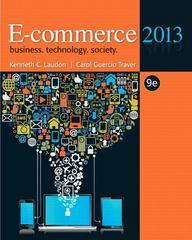Question
A child's oral language development in infancy is related to his or her literacy development later in life. Through oral language, children learn the structure
A child's oral language development in infancy is related to his or her literacy development later in life. Through oral language, children learn the structure of language, which transfers to their reading and writing capabilities. Understanding this development is essential to early childhood teachers and families alike. Early childhood educators must be able to communicate important information about development stages to families, as well as typical and atypical developmental milestones. For this assignment, create an infographic to be displayed in a preschool that contains the following information: Stages of typical and atypical oral language development including crying, cooing, babbling, one-word, two-words, and complete sentences. Three environmental influences that affect oral language development with an explanation for each. The infographic should include graphics that are relevant to the content, visually appealing, and use space appropriately. In addition, write a 250-500 word letter to families that includes the following: An explanation of how early language development relates to reading fluency and comprehension in later years. Three at-home strategies for addressing atypical language development in young children. Support your infographic and letter with 3-5 scholarly resources.
Step by Step Solution
There are 3 Steps involved in it
Step: 1

Get Instant Access to Expert-Tailored Solutions
See step-by-step solutions with expert insights and AI powered tools for academic success
Step: 2

Step: 3

Ace Your Homework with AI
Get the answers you need in no time with our AI-driven, step-by-step assistance
Get Started


